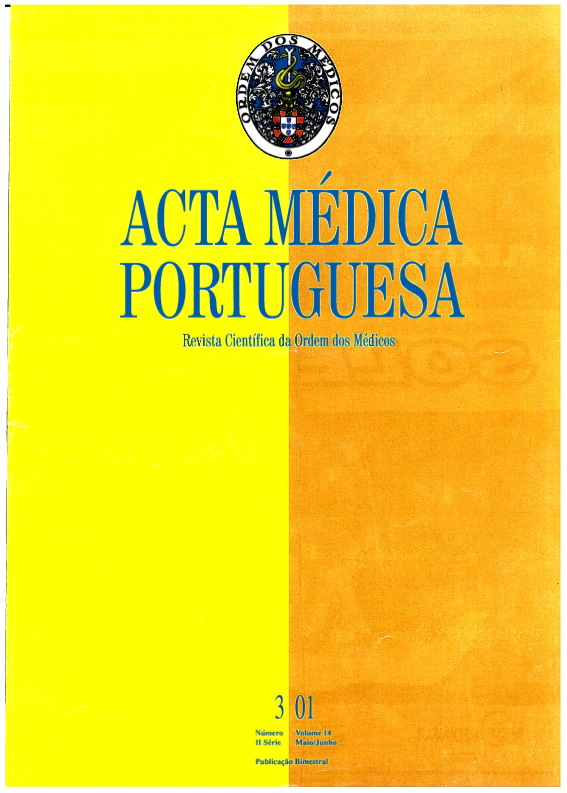Plantar hidradenitis.
DOI:
https://doi.org/10.20344/amp.1841Abstract
Tender, plantar nodules occurring in pediatric patients can be associated to different clinical entities, despite similar morphological features, therefore dermatopathology is the best technique for the definitive diagnosis. We describe the case for a 12-year-old patient with tender, red nodules on the left sole 3 days in duration, and with moderate functional disability. The onset of the lesions was preceded by low fever, and occurred 6 days after hepatitis B vaccination (Engerix B). The clinical diagnoses were juvenile plantar erythema nodosum, insect bites, pressure urticaria and plantar hidradenitis; Laboratory and radiographic studies, as well as microscopic examination of a skin biopsy specimen, were performed. The lesions resolved spontaneously in about 10 days, without recurrence after a year. A skin biopsy specimen revealed dense neutrophilic infiltrate surrounding and involving eccrine glans with abscess formation at the dermal-hypodermal junction. The diagnosis of idiopathic plantar hidradenitis was made. We discuss this entity, recently described by Stahr et al, and other erythematous plantar nodules in the pediatric age.Downloads
Downloads
How to Cite
Issue
Section
License
All the articles published in the AMP are open access and comply with the requirements of funding agencies or academic institutions. The AMP is governed by the terms of the Creative Commons ‘Attribution – Non-Commercial Use - (CC-BY-NC)’ license, regarding the use by third parties.
It is the author’s responsibility to obtain approval for the reproduction of figures, tables, etc. from other publications.
Upon acceptance of an article for publication, the authors will be asked to complete the ICMJE “Copyright Liability and Copyright Sharing Statement “(http://www.actamedicaportuguesa.com/info/AMP-NormasPublicacao.pdf) and the “Declaration of Potential Conflicts of Interest” (http:// www.icmje.org/conflicts-of-interest). An e-mail will be sent to the corresponding author to acknowledge receipt of the manuscript.
After publication, the authors are authorised to make their articles available in repositories of their institutions of origin, as long as they always mention where they were published and according to the Creative Commons license.









